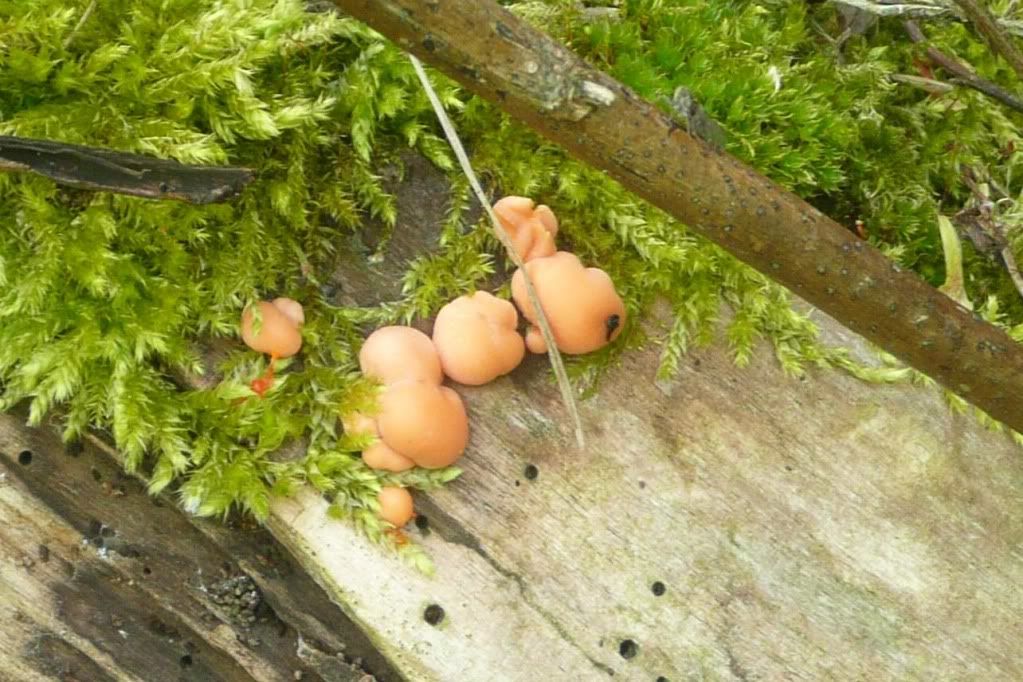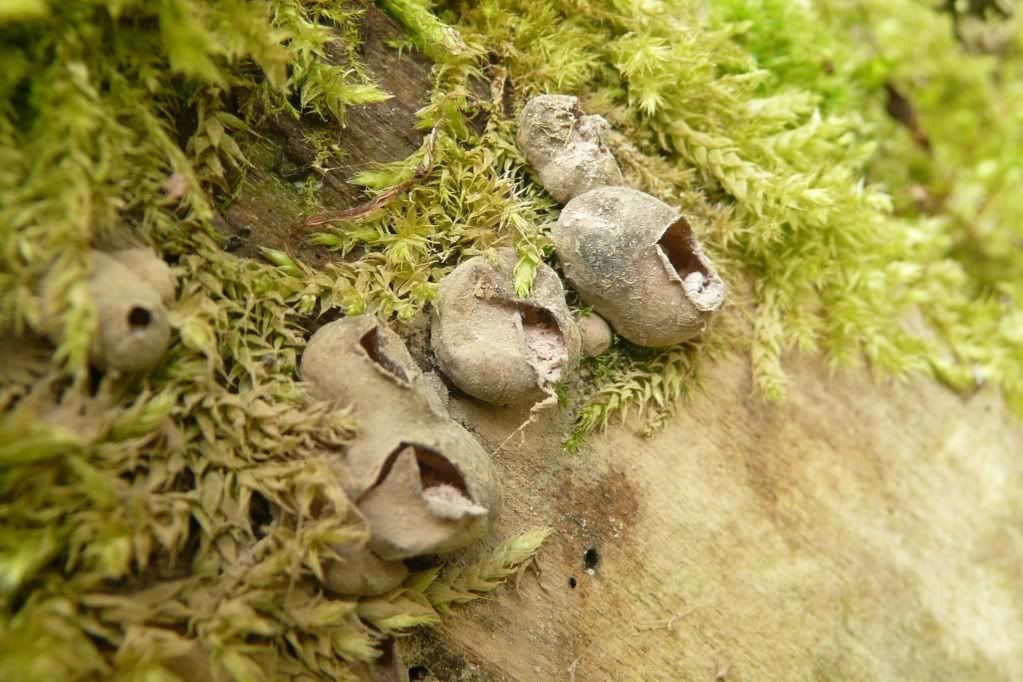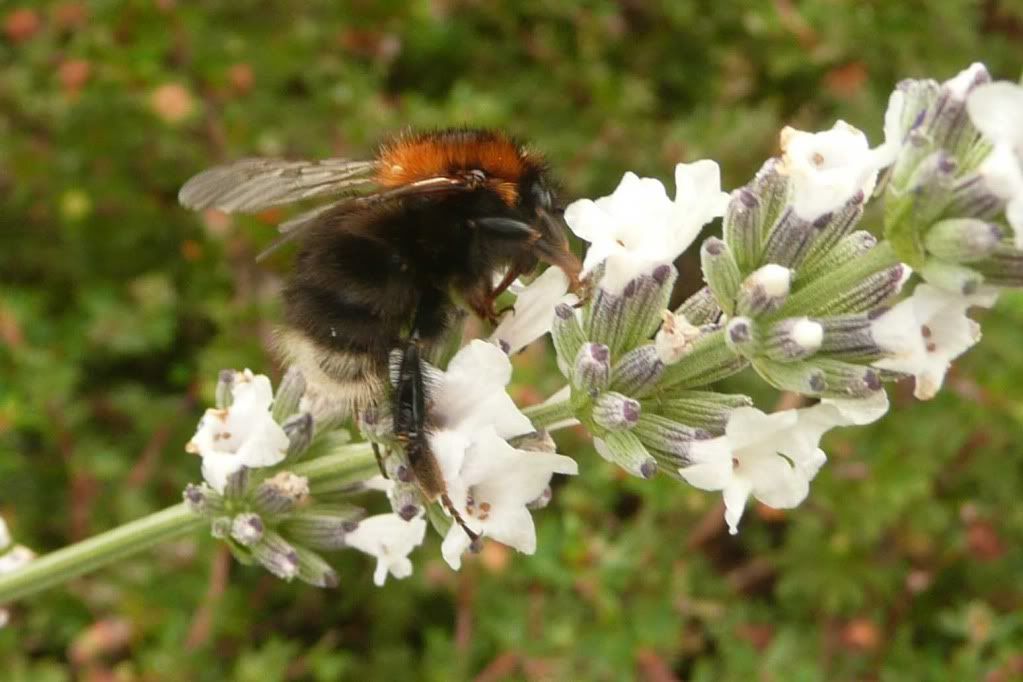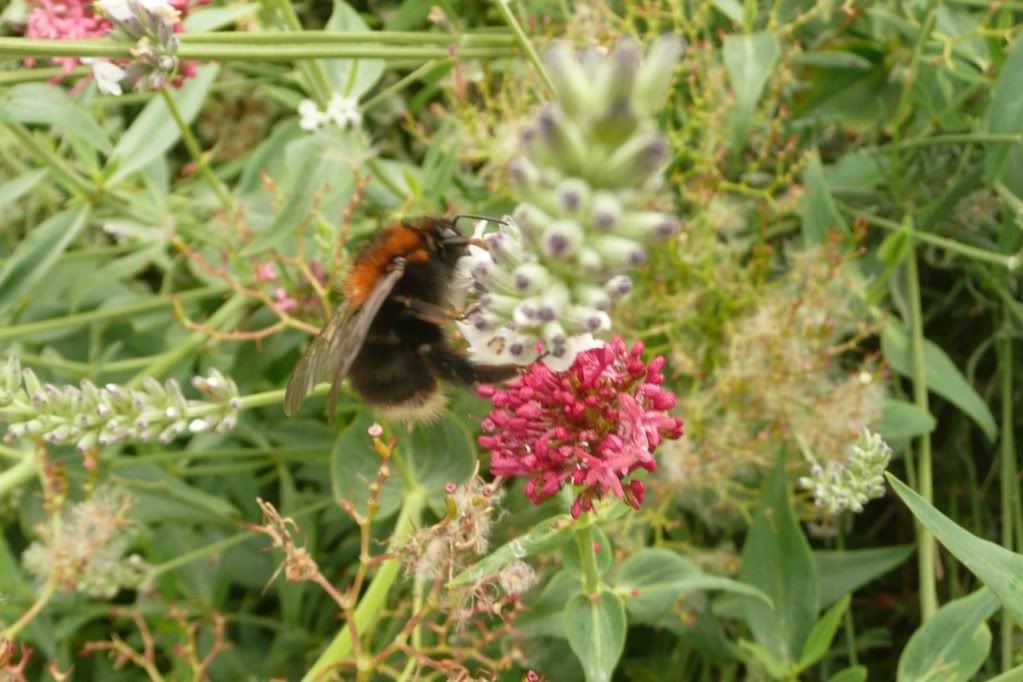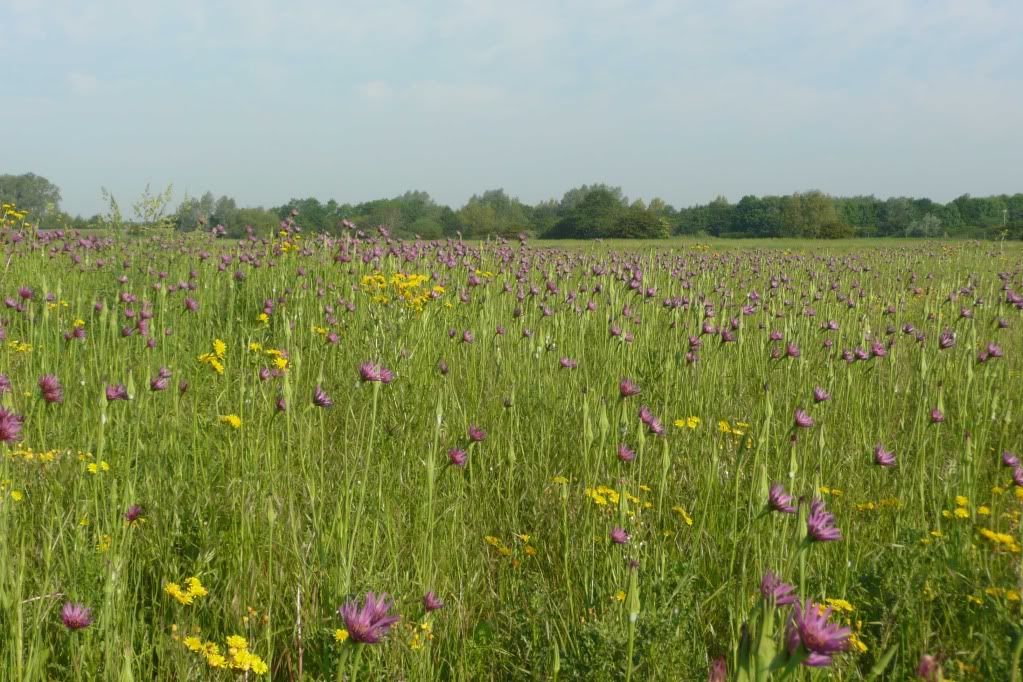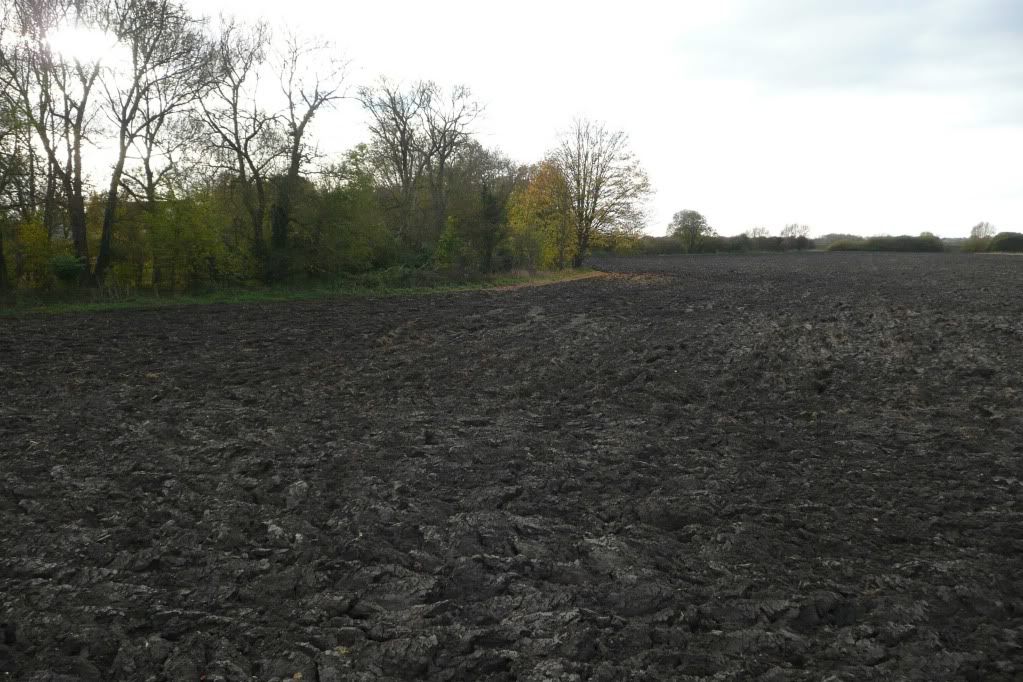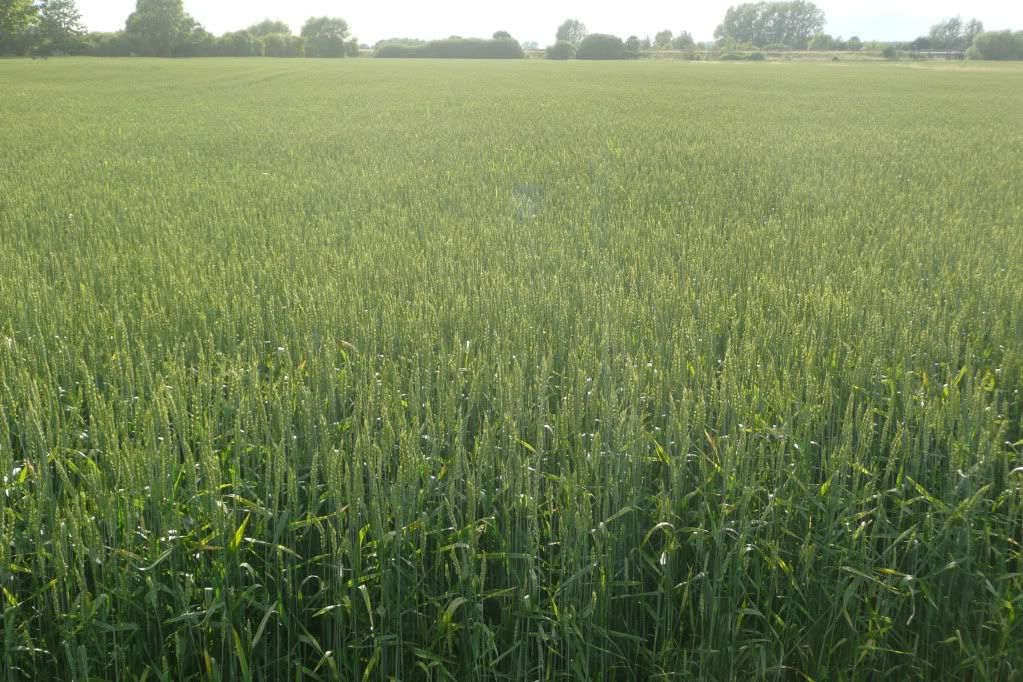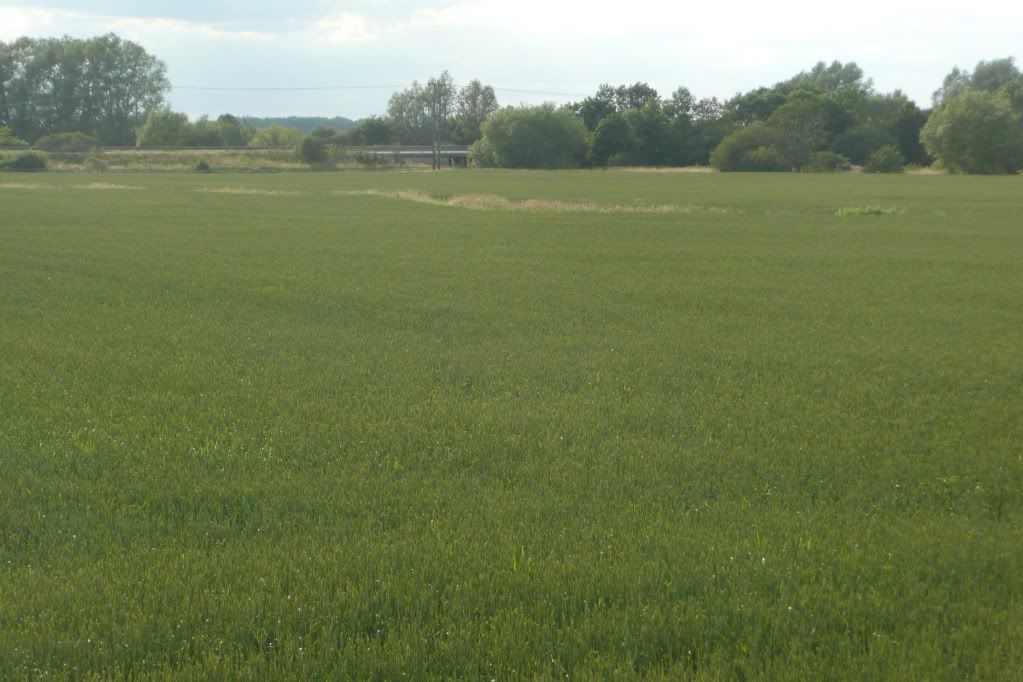Although not as dazzling as a kingfisher, as elegant as an orchid or impressive as an otter, slime moulds are possibly the most fascinating organism to feature in this blog.
Classification depends upon preferred text book, favourite biologist or wikipedia page of choice. Having previously been classified as fungus, recent DNA analysis has placed in a different taxonomic kingdom - protozoa.
In the initial phase, slime moulds are single celled microscopic organisms, consuming bacteria and fungus as they move very slowly over dead wood. When they encounter other similar cells they fuse together to form the plasmodium stage, which is still able to move at a speed of 1mm per hour and what looks like the plasmodium stage of a Lycogala terrestre (common name is apparently Wolf's Milk) on a willow tree along the Thames path:
.
.
The plasmodium stage only lasts a few hours, when it runs out of food it releases it's spores:
.
References:
Collins complete guide to Birtish mushrooms and toadstools
University of California Museum of Paleontology: http://www.ucmp.berkeley.edu/protista/slimemolds.html
Universe Review: http://universe-review.ca/R10-18-slimemoulds.htm
Wildlife and other things of interest on and around the river Ock in south Oxfordshire
Thursday 21 July 2011
Wednesday 13 July 2011
The perils of bumblebee mating
As featured in a previous post, now summer is here, male and queen bumblebees are now on the wing.
As the bumblebee nest reaches the end of its life queens and males are produced. The males hatch from unfertilized eggs usually laid by the queen, but sometimes worker bees will produce eggs that will turn into males (if the queen has died or if it is a large nest). The males fly around in what is called a circuit, using scent drops to attempt to attract a queen.
Although individual males and queens are often seen separately, it is unusual to see them in the act of mating. These two were seen along the cycle path to Oxford, near Radley Lakes:
.
.
At first glance they could be red tailed bumblebees (Bombus Lapidarius), but the dark wings on the female and the lack of yellow stripe on the thorax off the male mean they are more likely to be the cuckoo variety (Bombus rupestris):
.
.
For most animals, the act of mating is often short - during this time they are open to predation, they are not feeding and they could be seeking out another mate. But for bumblebees it is an arduous activity (certainly for the queen) and may last for 45 minutes. After mating the male injects the female with 'bung' preventing her from mating (a chemical chastity belt) and it will be the last time she mates. Unlike male honey bees (which die after mating), male bumblebees are free to mate again.
As the queen is weighed down by a male (and sometimes two) she is unable to fly, which can put them in harm's way, like these buff-tailed bumblebees (Bombus terrestris) seen on the footpath along the Ock Valley Walk:
.
.
They were then moved aside to prevent them being crushed (seemingly unfazed about being picked up by a stick and a leaf):
.
.
Unfortunately a different fate awaited this pair along Mill Road, near the Ock, which seem to have spent so long mating that they were not aware of an on coming car:
.
.
References:
Field Guide to Bumblebees of Great Britain & Ireland: Mike Edwards & Martin Jenner
Bumblebees: Christopher O'Toole
Wild About Britain
As the bumblebee nest reaches the end of its life queens and males are produced. The males hatch from unfertilized eggs usually laid by the queen, but sometimes worker bees will produce eggs that will turn into males (if the queen has died or if it is a large nest). The males fly around in what is called a circuit, using scent drops to attempt to attract a queen.
Although individual males and queens are often seen separately, it is unusual to see them in the act of mating. These two were seen along the cycle path to Oxford, near Radley Lakes:
.
.
At first glance they could be red tailed bumblebees (Bombus Lapidarius), but the dark wings on the female and the lack of yellow stripe on the thorax off the male mean they are more likely to be the cuckoo variety (Bombus rupestris):
.
.
For most animals, the act of mating is often short - during this time they are open to predation, they are not feeding and they could be seeking out another mate. But for bumblebees it is an arduous activity (certainly for the queen) and may last for 45 minutes. After mating the male injects the female with 'bung' preventing her from mating (a chemical chastity belt) and it will be the last time she mates. Unlike male honey bees (which die after mating), male bumblebees are free to mate again.
As the queen is weighed down by a male (and sometimes two) she is unable to fly, which can put them in harm's way, like these buff-tailed bumblebees (Bombus terrestris) seen on the footpath along the Ock Valley Walk:
.
.
They were then moved aside to prevent them being crushed (seemingly unfazed about being picked up by a stick and a leaf):
.
.
Unfortunately a different fate awaited this pair along Mill Road, near the Ock, which seem to have spent so long mating that they were not aware of an on coming car:
.
.
References:
Field Guide to Bumblebees of Great Britain & Ireland: Mike Edwards & Martin Jenner
Bumblebees: Christopher O'Toole
Wild About Britain
Friday 8 July 2011
Finding water voles at will.
Two weeks ago, this blog was featured In the fantastic Abingdon Blog, with Backstreeter making the comment:
.
"Images [of water voles] got better and better until now the blogger seems able to find them at will".
Although not quite at will, there are at least five water vole populations on the Ock and during spring it is not too difficult to find them - the females are establishing terrorities and the bank side vegetation has yet to recover from winter:
.
.
Now spring has become summer, what was once barren river bank is now covered in nettles, grass and unfortunately himalyan balsam. So it becomes harder to find signs of water voles:
.
.
.
But if you know where to look, it is still possible to catch a glimpse of a water vole feeding, sometimes in a willow tree:
.
.
But you need to be quick, as they don't always stay on the branches for long.....
.
.
"Images [of water voles] got better and better until now the blogger seems able to find them at will".
Although not quite at will, there are at least five water vole populations on the Ock and during spring it is not too difficult to find them - the females are establishing terrorities and the bank side vegetation has yet to recover from winter:
.
.
Now spring has become summer, what was once barren river bank is now covered in nettles, grass and unfortunately himalyan balsam. So it becomes harder to find signs of water voles:
.
.
.
But if you know where to look, it is still possible to catch a glimpse of a water vole feeding, sometimes in a willow tree:
.
.
But you need to be quick, as they don't always stay on the branches for long.....
.
Monday 4 July 2011
Tree Bumblebees
Since 1960 there has been a decline of 60% in the population in the 25 species of UK bumblebees. A contributory source is possibly the 90% loss of habitat since 1930's (source Bumblebee Conservation Trust).
Despite this, there is one bumblebee species that has an increasing population - the tree bumblebee (Bombus hypnorum).
Having arrived from Europe, it was first discovered in the UK in 2001 in the New Forest and has been spreading north ever since. Even so, it is a pleasure to find a female worker in our garden, feeding with the other bees on the always popular lavender:
.
.
Unlike most bumblebees they are easy to identify - with a distinctive brown thorax, black abdomen and white tail:
.
.
Whilst most bumblebees nest at ground level (preferring old mammal burrows), tree bumblebees prefer to nest above ground, finding bird nest boxes the ideal location - perhaps explaining part of it's success.
The Bumblebee Conservation Trust is recording sightings to see how tree bumblebees are spreading throughout the UK in an on-line survey: http://www.bumblebeeconservation.org.uk/tree_bee.htm
Despite this, there is one bumblebee species that has an increasing population - the tree bumblebee (Bombus hypnorum).
Having arrived from Europe, it was first discovered in the UK in 2001 in the New Forest and has been spreading north ever since. Even so, it is a pleasure to find a female worker in our garden, feeding with the other bees on the always popular lavender:
.
.
Unlike most bumblebees they are easy to identify - with a distinctive brown thorax, black abdomen and white tail:
.
.
Whilst most bumblebees nest at ground level (preferring old mammal burrows), tree bumblebees prefer to nest above ground, finding bird nest boxes the ideal location - perhaps explaining part of it's success.
The Bumblebee Conservation Trust is recording sightings to see how tree bumblebees are spreading throughout the UK in an on-line survey: http://www.bumblebeeconservation.org.uk/tree_bee.htm
Saturday 2 July 2011
Ock Meadow
In June last year, the Ock Meadow was in bloom as a wildflower meadow:
.
.
Due to the cuts in the set aside budget and the increase in commodity prices, it has become economical to farm the land again, so in November it was ploughed:
.
.
Now, 12 months later and the field is full of barley:
.
.
.
.
Due to the cuts in the set aside budget and the increase in commodity prices, it has become economical to farm the land again, so in November it was ploughed:
.
.
Now, 12 months later and the field is full of barley:
.
.
Subscribe to:
Posts (Atom)
